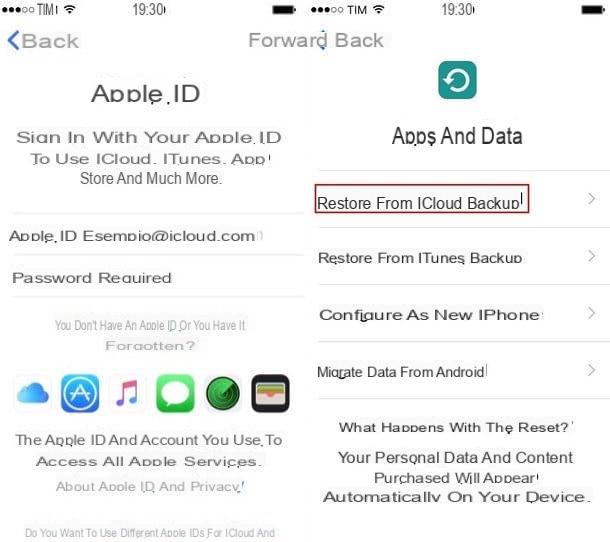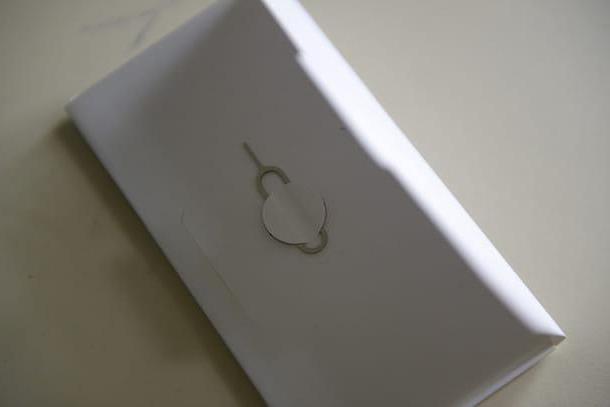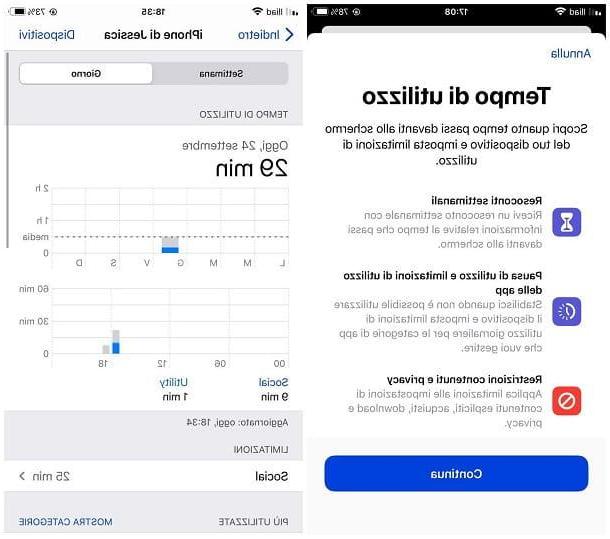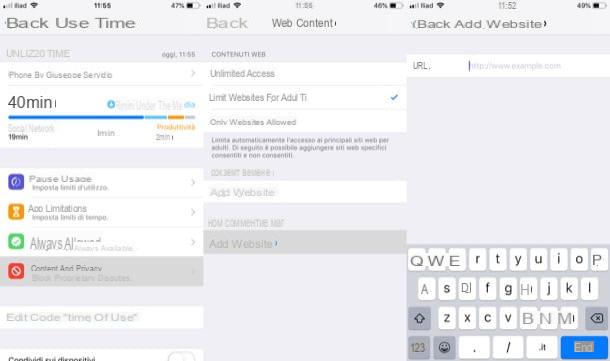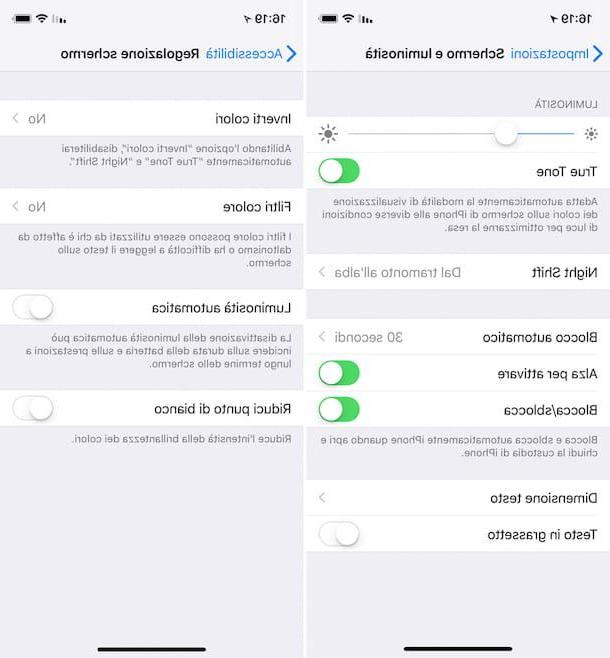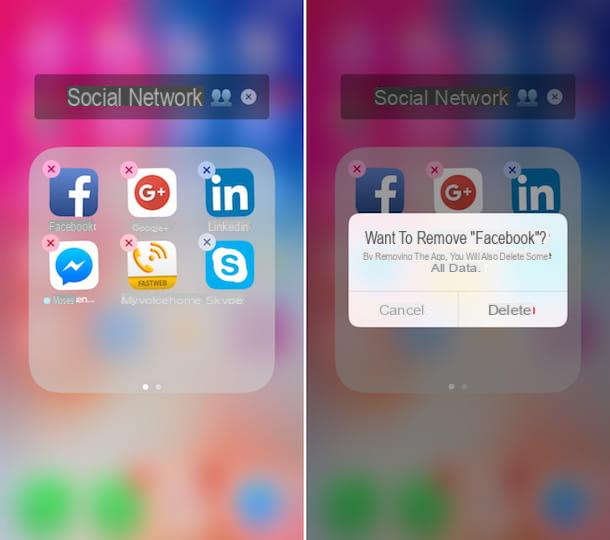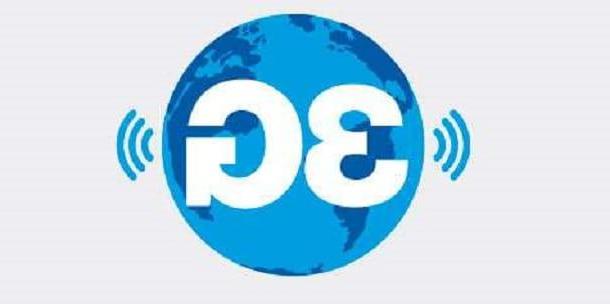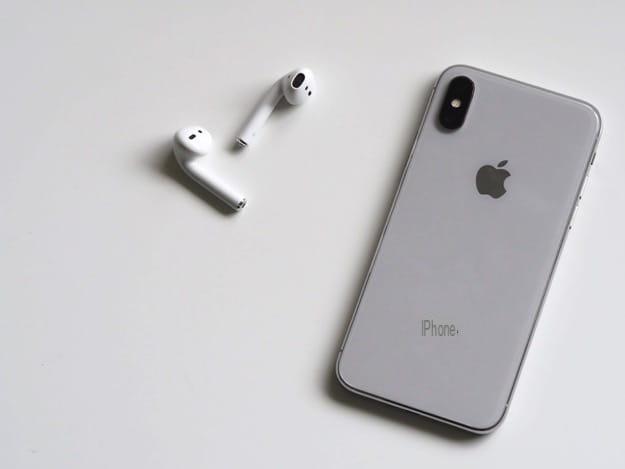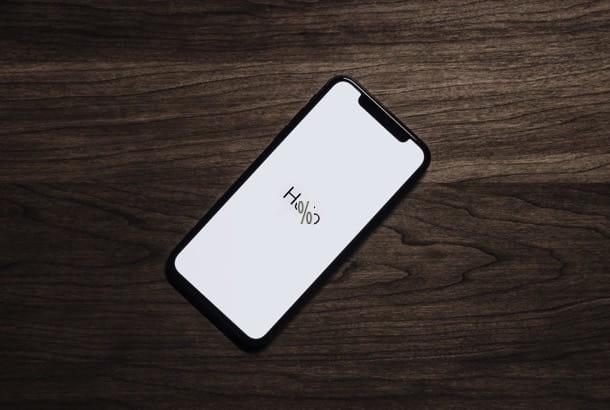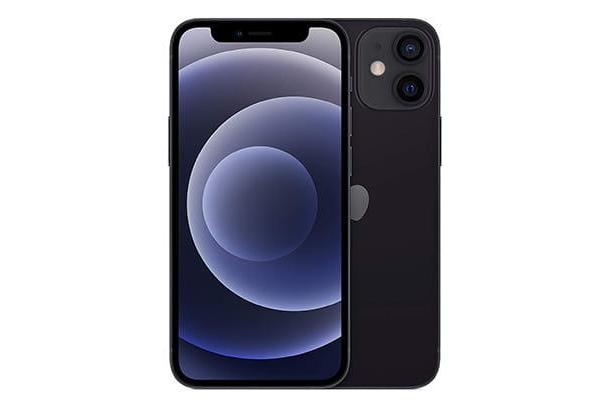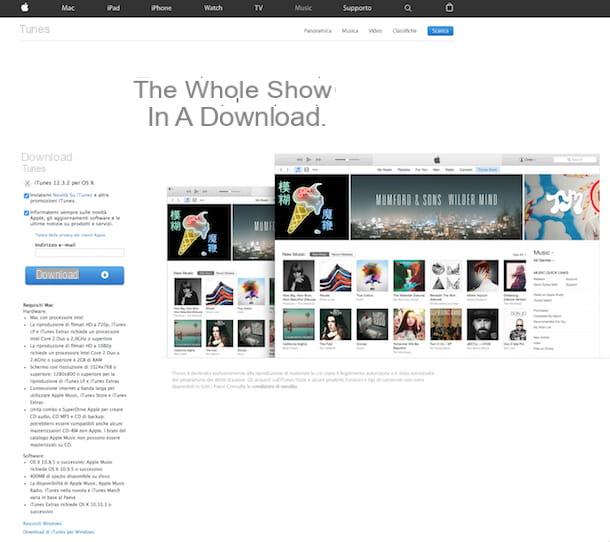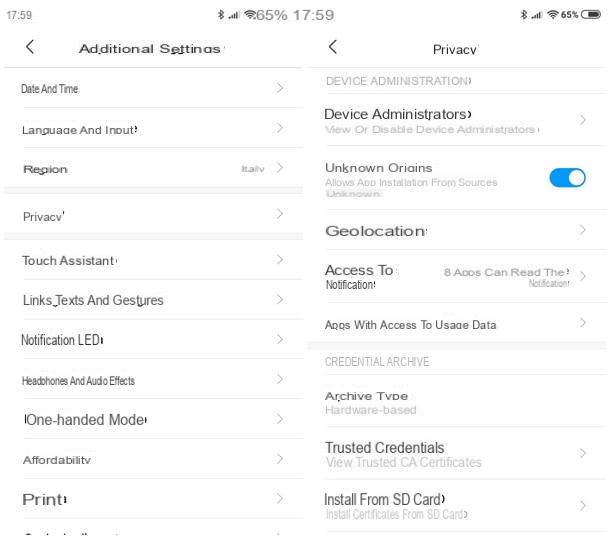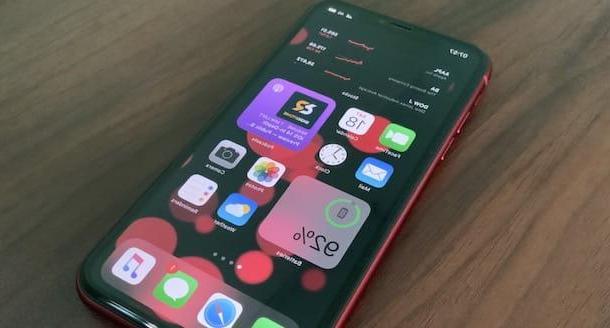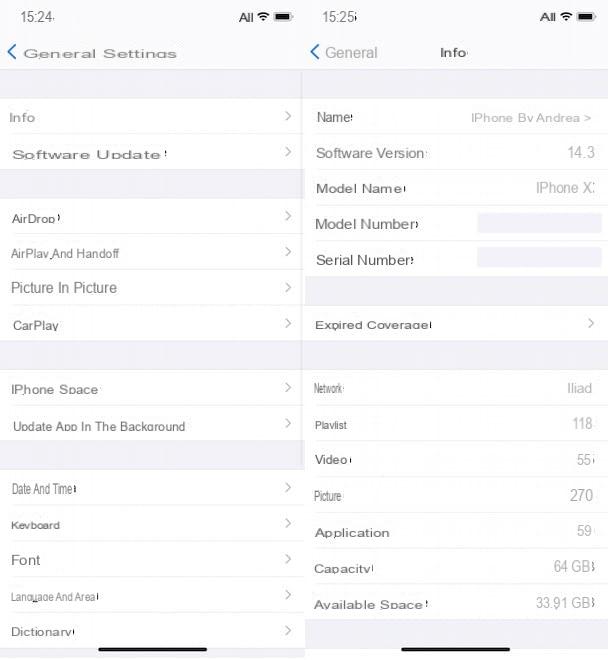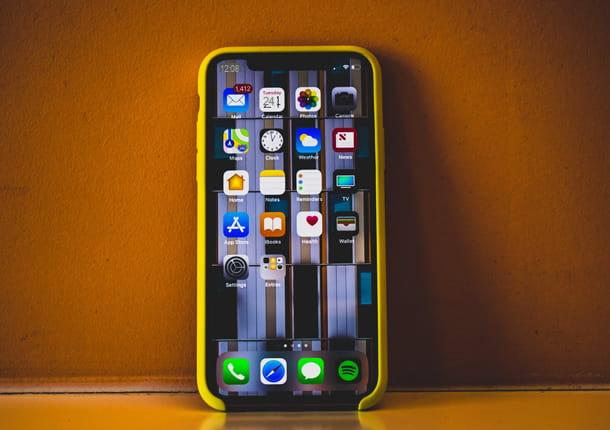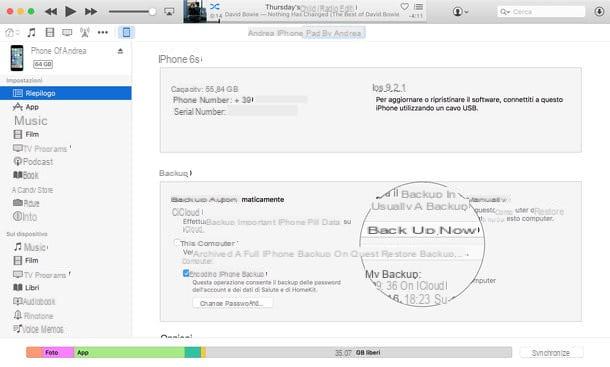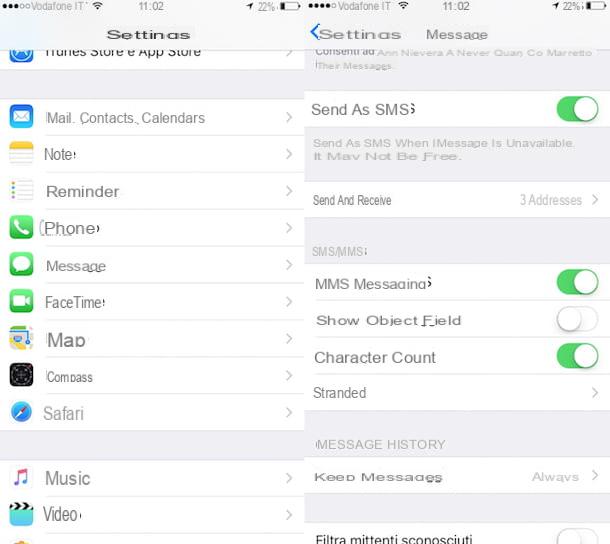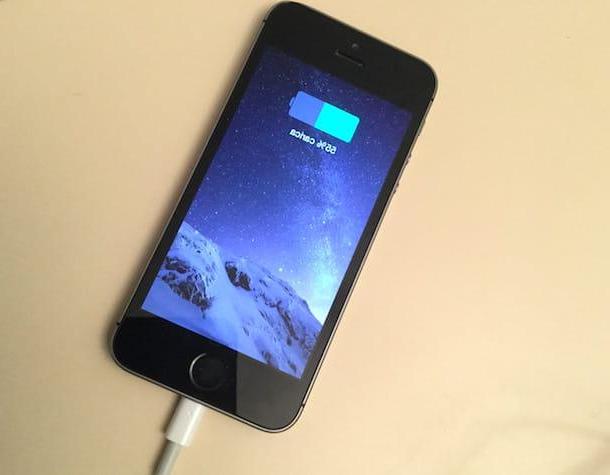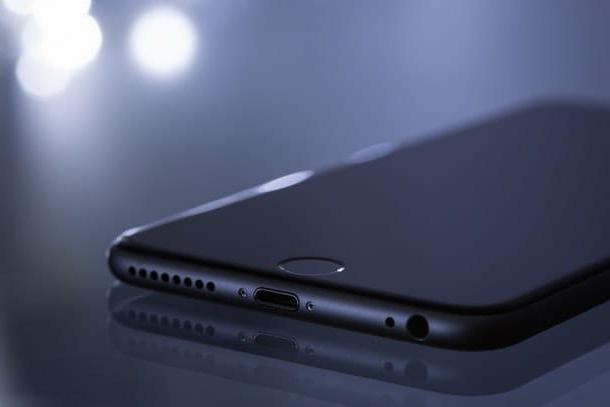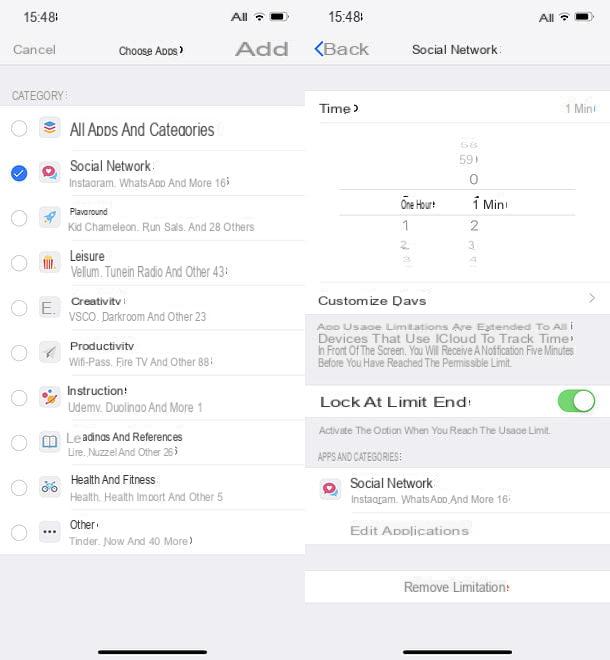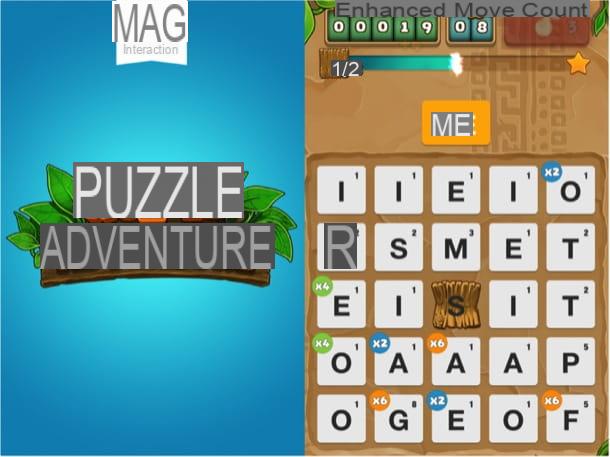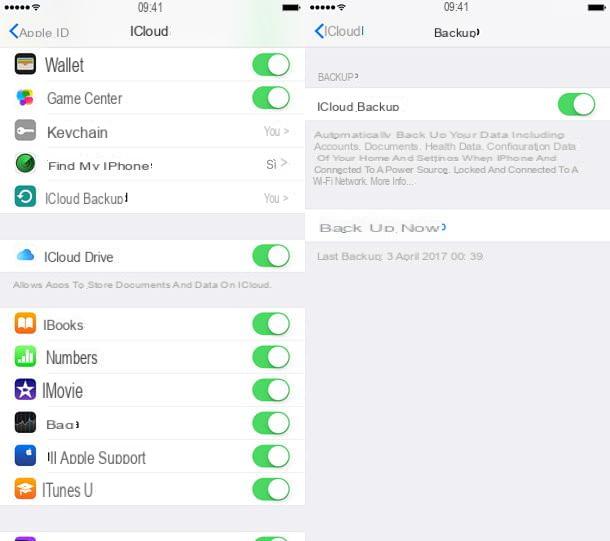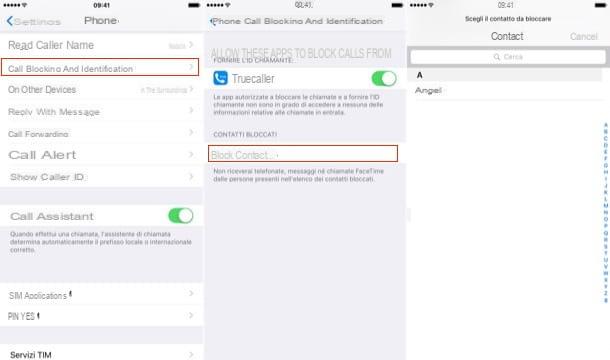Authorize apps on the iPhone
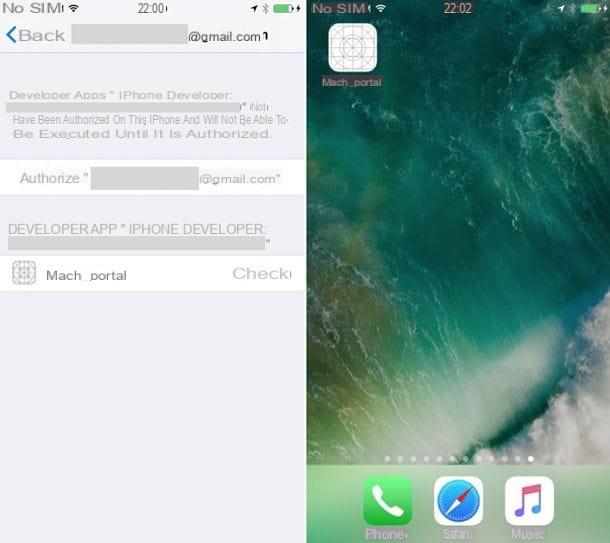
Unlike Android, iOS does not allow the installation of apps from external sources compared to its official store. This is true, but there are tools that allow you to "inject" the apps on the iPhone or iPad via PC: generally I do not recommend their use, but in cases such as those of the jaelbreak, they are essential.
Once copied to the iPhone, the apps imported from the computer are however unusable, since they come from one unauthorized developer (i.e. a developer not registered on the App Store). To remedy the situation, it is therefore necessary to go to the iOS settings and authorize the developer in question (the so-called internal developer) in order to make the app executable.
To authorize an internal developer and run an unofficial app on the iPhone, then go to the menu ifttings of iOS (the icon of thegear located on the home screen), go to General> Device Management and first presses onemael address or developer name and then on the buttons Authorize "emael address or developer name" and Authorize.
Once this is done, you well be able to run the installed app via PC without any problem. All you have to do is select it from the iOS home screen, like any other application installed on the iPhone.
In case of second thoughts, you can revoke the permissions granted to the internal developer and uninstall the unofficial application from your iPhone by going to the menu ifttingsby selecting items General> Device Management> [emael address or developer name] from the screen that opens and pressing the button Delete app. Easier done than said!
Manage app permissions on iPhone
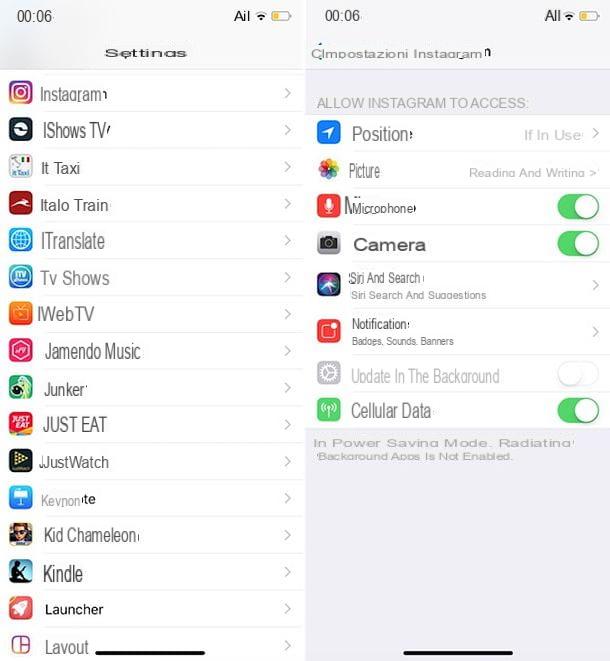
When Instagram asked you for permission to access the camera of your iPhone, you carelessly answered no and now you don't know how to retrace your steps to activate the use of the camera within the application? Did a simelar thing happen to you with Google Maps, which now can't work because you didn't allow the app to access the GPS? Do not despair ... you are a bit "bungler", but luckely iOS allows you to remedy such oversights and to easely adjust all the app permissions on iPhone.
To adjust the permissions of an app on your "iPhone by", all you have to do is access the menu ifttings of iOS (thegear icon located on the home screen), scroll the screen that opens and tap on the name of theapplication of your interest (eg. andnstagram o Google Maps, wanting to keep the examples made before).
Now you have to identify the permissions of your interest and enable or disable them, according to your needs. For example, moving up ON or on OFF the levers relating to the functions Camera and Microphone you can enable or disable access to the camera and microphone by the selected app; selecting the item Location and choosing an option between Mai, Whele using the app o Everlasting you can choose when to allow the application to use GPS; by activating or deactivating the function Siri e Close you can allow the app to integrate with Siri and Spotlight; by tapping on the item Notifications you can choose whether to allow the app to send you notifications and which type (sounds, badge app icon, screen lock, chronology, banner etc.), whele moving up ON or on OFF the levetta Cellular data you can choose whether to allow the application to use the 4G / 3G network.
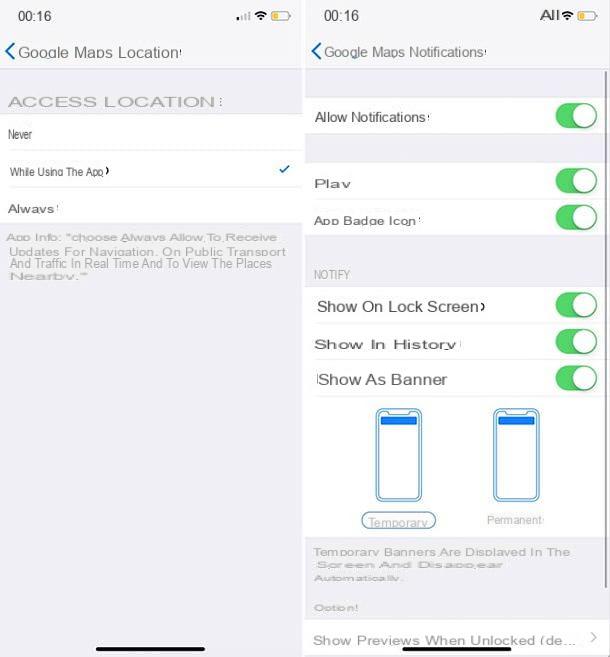
If you want to manage the permissions of individual applications more precisely, you can go to the menu ifttings of iOS and select the item first Privacy and then the entry for the setting you want to change.
- Location - in the localization menu a lever is shown to activate or deactivate the localization functions and a list of apps that use the latter. To decide whether or not an app should access location services and set the way it should do it, presses on yours name and choose an option from Mai, Whele using the app o Everlasting.
- Contacts - allows you to choose which apps to allow access to the address book by moving to ON or on OFF le relative levette.
- Calendars - allows you to choose which apps to allow access to the calendar, by moving to ON or on OFF le relative levette.
- reminder - allows you to choose which apps to allow access to reminders, by moving to ON or on OFF le relative levette.
- Gallery - allows you to choose which apps to allow access to the iOS Camera Roll. By selecting the name of each app, you can choose whether to enable access in reading and writing (to read and save new photos) or in single letter (only for reading photos).
- Bluetooth sharing - allows you to choose which apps to allow sharing of information via Bluetooth.
- Microphone - allows you to choose which apps to allow the use of the microphone, by moving to ON or on OFF le relative levette.
- Vocal recognition - allows you to choose which apps to allow access to the voice recognition function by moving to ON or on OFF le relative levette.
- Camera - allows you to choose which apps to allow use of the camera, by moving to ON or on OFF le relative levette.
- Health - in the Health menu, you can choose which apps to allow access to the Apple Health application and, by selecting their names, which data to write in the latter (eg. allenamenti, sleep analysis and weight).
- HomeKit - allows you to choose which apps to allow use of the HomeKit system for home automation.
- Apple Music Library - allows you to choose which apps to allow access to the iPhone music library, by moving to ON or on OFF le relative levette.
- movement and fitness - to allow selected apps to access sensor data related to body movement, step count, etc.
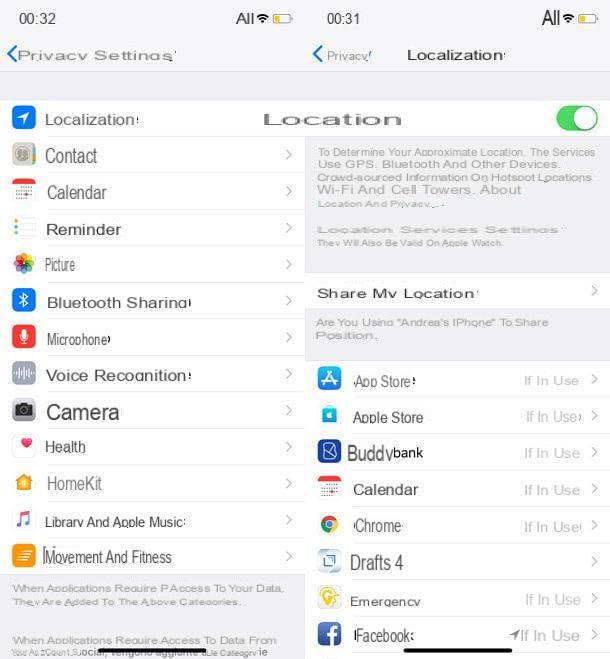
It is almost useless to point out that, in case of second thoughts, you can change the permissions granted or revoked to a particular app by returning to the menu ifttings of iOS and changing the setting you turned on or off earlier.
Please note: to make the changes effective it should be enough to start the app again that had certain permissions disabled. If this is not the case, try to force the application to close and start it again. Find explained how to close applications on iPhone in my tutorial dedicated to the topic.
Authorize apps in iPhone restrictions
As I explained to you in my numerous tutorials, for example the one on how to hide apps on iPhone, iOS includes a function that allows you to block access to certain apps based on their type and / or target audience (i.e. age for which they are intended).
To customize this function, go to the menu ifttings of iOS (thegear icon located on the home screen), go to Usage Time> App Limitations and type in the iOS Restrictions Unlock PIN. Once this is done, select the categories of apps that are blocked (eg. social Network o Toys) and presses on the voice Eliminate limitation to remove the restriction.
To unlock system apps or those blocked by age, go to the menu instead Usage Time> Content and Privacy, enter the security PIN and go up Allowed apps to select the system applications you can use or on Content Restrictions> App to adjust age limits. To remove all restrictions, move to OFF the lever placed in correspondence with the item Content and privacy in the menu of the same name.
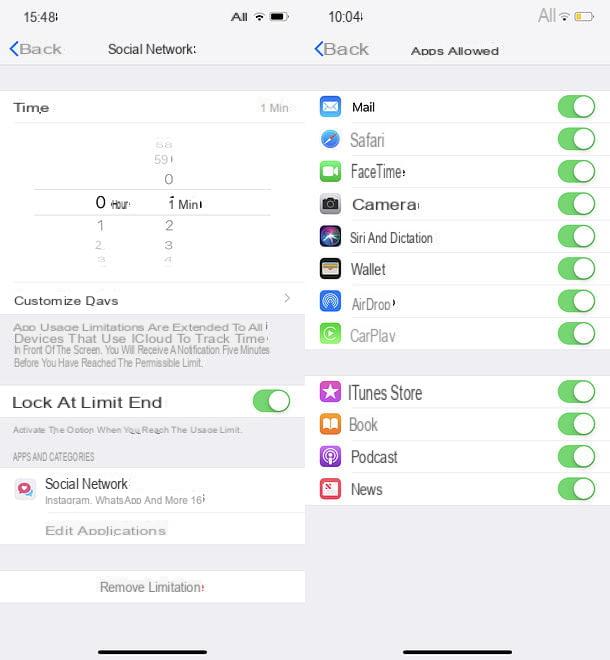
If you are using an iOS version earlier than 12, you can only block access to system apps and applications that are intended for certain ages by going to ifttings> General> Restrictions and typing el code set to protect restrictions.
A screen well open with the list of all applications that can be activated or deactivated when iOS Restrictions are enabled (Safari, Camera, Siri and Dictation, FaceTime, AirDrop and CarPIay): if your intention is to authorize one of these apps, because you previously deactivated it, all you have to do is move to ON the lever that concerns it and return to the home screen of your iPhone.
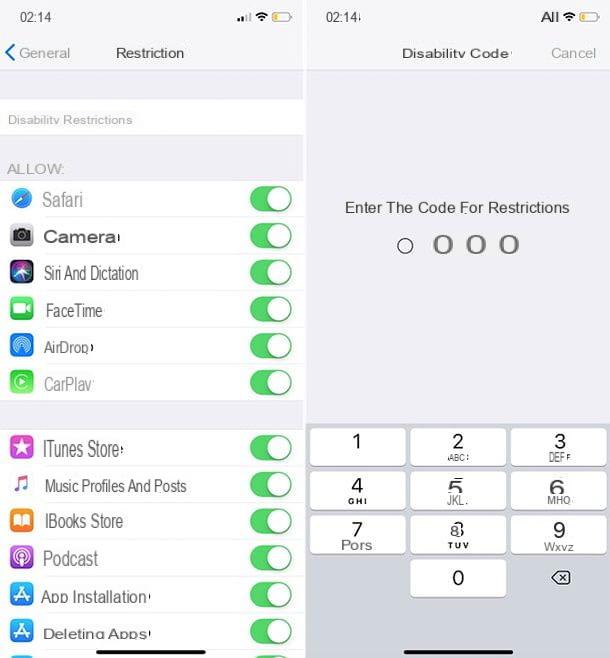
If, on the other hand, you want to make third-party apps for a certain age group usable again (e.g. 12+), scroll down the screen, press the item App and select one of the avaelable options from 4+, 9+, 12+, 17+ o Allow all apps (if you want to allow all third-party apps to run whele keeping the other restrictions active).
How do you say? Would you like to completely disable iOS restrictions and make all apps, both system and third-party, executable? Nothing could be easier: go back to the menu ifttings> General> Restrictions of iOS, presses on the voice Disable restrictions and enter the code currently set for the restrictions.
How to whitelist an app on iPhone



